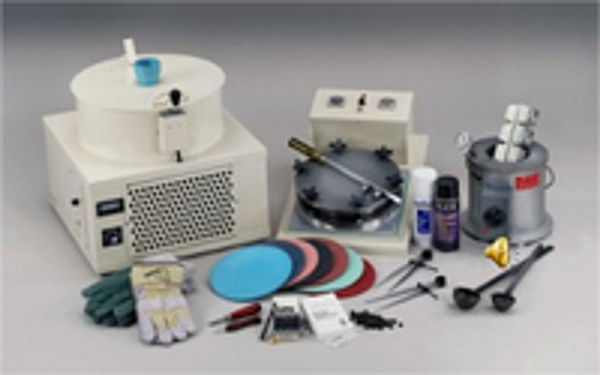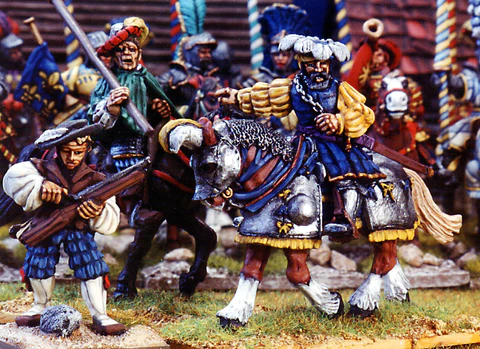The process of creating wargaming miniatures involves several stages, from design and sculpting to production and distribution. Here’s a general overview of how wargaming miniatures are made:
Concept and Design: The process begins with conceptualizing the miniatures. Game designers and artists work together to create sketches and concept art for the miniatures, deciding on the appearance, poses, and details that will best represent the intended factions or characters.
Sculpting: Once the concepts are approved, a professional miniature sculptor creates the physical master model. This involves working with various materials, such as clay, epoxy putty, or digital sculpting software. The sculptor meticulously shapes and details the miniature to match the concept art, paying close attention to proportions, weapons, armor, and other elements.
Molding: Once the master model is complete, molds are created from it. The master model is coated with a release agent, and a silicone mold is made around it. This mold captures all the details of the original sculpt.
Casting: The molds are used to produce multiple copies of the miniature through a casting process. Liquid resin or metal is poured into the molds, filling the cavities and taking the shape of the miniature. After the material solidifies, the molds are opened, revealing the cast miniatures.
Cleanup: The cast miniatures are removed from the molds and require some cleanup. This may involve trimming excess material, sanding rough edges, and removing any imperfections that occurred during casting.
Assembly: If the miniature is composed of multiple parts (e.g., separate arms, weapons, or heads), these parts are assembled and glued together to create the final figure.
Quality Control: The miniatures undergo quality control checks to ensure that they meet the desired level of detail and accuracy. Any defects or flaws are addressed during this stage.
Painting and Packaging: Some manufacturers provide pre-painted miniatures, while most offer them unpainted. Pre-painted miniatures are painted by skilled artists to match the concept art or to provide various options for customers. The finished miniatures are then packaged and may come with bases, unit cards, or other accessories.
Distribution: The miniatures are distributed to retailers or directly to customers through various channels, including game stores, online shops, and conventions.
It’s worth noting that some steps in this process can vary depending on the manufacturer, the scale of the miniatures, and the materials used. Additionally, advancements in technology have led to innovations such as 3D printing, which is increasingly being used for creating prototypes and even final miniature products in some cases.




Great general overview without adding too many variations on a theme. Thanks for allowing me to join this blog!